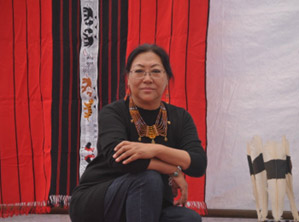
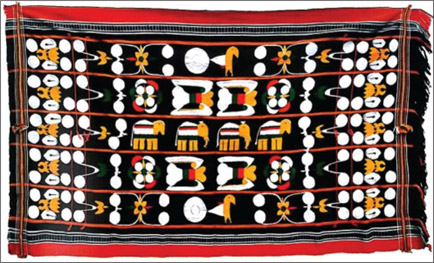
The textile culture of Nagaland is exclusively known for the shawls. Earlier these shawls were made of cotton but with time this material was replaced with wool. The shawls are bright red and black while the use of the color yellow is uncommon. The most popular kind of shawl is the Chakhesang shawl. This shawl is woven in three different pieces and then joined together. These shawls are worn on special occasions like feasts which invoke war and peace and upon the celebration of harvesting. The shawl is also decorated with many motifs like spears which showcase the characteristic of the person wearing it. The designs are woven into the cloth through either a stick of bamboo or using porcupine quill. These shawls are woven by women using a simple strap loom.
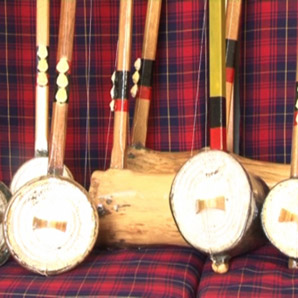
Music is a necessary part of the religious and cultural ceremonies of the Nagas. The instruments of Nagaland are primarily made of natural resources easily available to the people. Bamboos are extensively used in the making of these instruments. The use of a specific instrument depends on the occasion for example the buffalo horn is blown during the sowing of the crop to invite a good harvest. Zutangki or the Bamboo mouth organ is one of the oldest traditional musical instruments of Nagaland. It is simple musical instrument made by joining different lengths of bamboo sticks together. Another unique instrument is Tati which is made out of dried bottle guard, inner bark of the tree and bamboo stick. Apart from these two instruments, drums are also integral part of the music of Nagaland

The wood crafting technique of Nagaland is deeply connected to not only their architecture but also ritualistic practices. Dimapur and Kohima are the two centers of wood crafting in Nagaland. This craft is strictly limited to the men of the community. The first step of wood crafting is roughly laying out the design which in modern day is done with a pencil. This was followed by the use of chisel and hammer to carve out that exact design. The men also carve various motifs on the doors, utensils and other daily items signifying a deeper meaning. The carving of doors has been a long-drawn cultural practices. The doors marked the boundaries of the Khels(villages) and the motifs carved on them were unique to the tribe inhabiting the village.
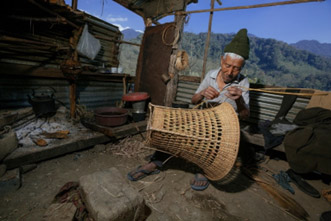
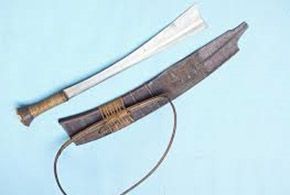
The practice of Blacksmithery in Nagaland was done to make weapons, tools of weaving and everyday items. Among the best naga blacksmiths are the Rengmas. It is believed that in the earlier period, they were the only tribe to extract iron from the stones which contained iron-sand. The stone was boiled to extract the iron remains followed by the smelting process. The most popular metal item in Nagaland is the Dao Naga sword. The unique feature of this sword is a square shaped tip. The sword had many purposes including building houses, cutting trees and weaving tool for women. Another important weapon is the spear which in the older days was made completely of iron. The spear was used during hunting and war.